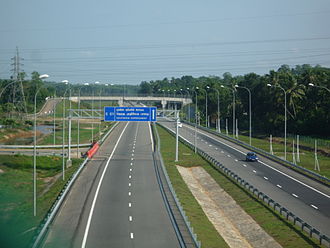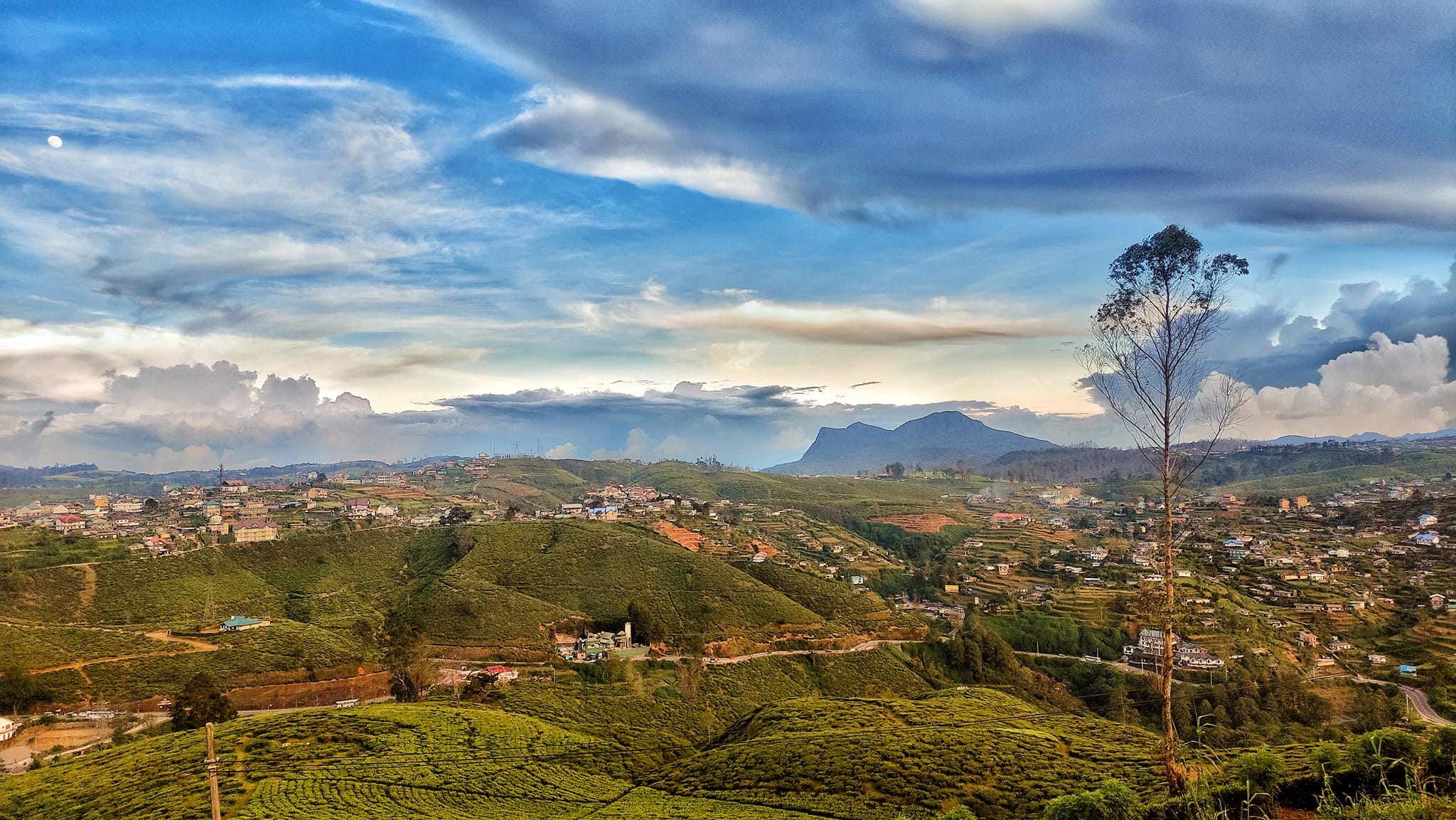
Why do most people in Sri Lanka call the expressway a highway?
In Sri Lanka, many people call expressways “highways” due to several interconnected reasons:
American English influence: Sri Lanka has significant exposure to American media, technology, and educational materials where high-speed, limited-access roads are commonly called “highways.” This terminology gets adopted into local usage.
Simplicity and familiarity: “Highway” is shorter and easier to say than “expressway.” It’s also more widely understood internationally, making it a natural choice for everyday conversation.
Historical usage: Before the formal expressway system was built, major roads in Sri Lanka were often referred to as highways (like Galle Road being called a highway). When the new limited-access roads were constructed, people extended this familiar term.
Mixed terminology in official contexts: Even in official communications, you’ll sometimes see both terms used, which reinforces the interchangeable usage in public discourse.
Regional variation: Different countries use different terms for similar road types – “motorway” in the UK, “freeway” in some US states, “highway” in others, and “expressway” in places like Singapore. Sri Lankans have gravitated toward the more globally common “highway.”
While “expressway” is the technically correct term for Sri Lanka’s controlled-access roads like the Southern Expressway or Colombo-Katunayake Expressway, “highway” has become the popular vernacular. Both terms refer to the same type of road infrastructure – high-speed, limited-access roads with controlled entry and exit points.
- In Sri Lanka, the term “expressway” is often used interchangeably with “highway” because expressways are a type of highway with specific design features that enhance speed and traffic flow, such as limited access points and separation of opposing traffic.
- While all expressways are highways, not all highways in Sri Lanka are expressways.
- Expressways are a subset of highways, characterized by their controlled access and higher speed limits.
Highways:
- In general, a highway is a major road designed for long-distance travel, connecting different towns and cities.
- Expressways are a specific type of highway with controlled access. This means they have limited entry and exit points, often using interchanges, and typically have a higher speed limit than other highways.
Sri Lankas Expressway Network
 +
+
(C) http://www.exway.rda.gov.lk/
Expressway Symbol

Identified by the code “EX”
- Southern Expressway – E01
- Outer Circular Expressway – E02
- Colombo-Katunayaka Expressway – E03
- Central Expressway – E04
- Andarawewa-Magampura – E06
Tolling systems currently available in the expressway network in operation are as follows.
| E-01 : | Southern Expressway : | Manual Toll collection (MTC) |
| E-02 : | Outer circular Highway : | Manual Toll collection (MTC) |
| E-03 : | Colombo-Katunayake Expressway | MTC & Electronic Toll Collection (ETC) |
More and Toll Information
http://www.exway.rda.gov.lk/index.php?page=tariff_schedule
Sri Lankas Highway Network
Classification

(c) https://rda.gov.lk/index.php?option=com_content&view=article&id=24&Itemid=123&lang=en#class-aa-roads
Sri Lanka’s road infrastructure forms the backbone of the island nation’s transportation network, connecting communities, facilitating commerce, and supporting economic development across its diverse landscape. The country’s national highway system is organized into a well-structured classification system that categorizes roads based on their importance, traffic volume, and connectivity functions.
Understanding Sri Lanka’s Road Classification
The Sri Lankan road network operates under a hierarchical classification system that divides national highways into several distinct categories: Class “A” roads, Class “B” roads, and Class “E” roads. Each classification serves specific purposes and maintains different standards of construction and maintenance.
Class “A” Roads: The Primary Arterial Network
Class “A” roads represent the most important highways in Sri Lanka’s transportation infrastructure, spanning a total of 4,217.420 kilometers across the island. These primary roads are further subdivided into three subcategories, each serving distinct regional and national connectivity needs.

Class “AA” Roads form the core of the national highway system, covering 3,720.310 kilometers. These are the main trunk routes that connect major cities, ports, and economic centers. They typically handle the highest traffic volumes and are built to the most stringent engineering standards, featuring multiple lanes, controlled access points, and superior pavement quality.
Class “AB” Roads extend for 466.920 kilometers and serve as important secondary arterials. These roads typically connect regional centers to the main trunk network and provide crucial links between urban areas and rural districts. While not carrying the same traffic volumes as AA roads, they remain vital for regional economic development and accessibility.
Class “AC” Roads represent the smallest segment of the A-class network at just 30.190 kilometers. These roads often serve specialized functions, such as connecting to important facilities, tourist destinations, or providing alternative routes in critical transportation corridors.
Class “B” Roads: Regional Connectivity Champions
The Class “B” road network is the most extensive component of Sri Lanka’s national highway system, stretching across 8,045.419 kilometers. These roads serve as the crucial middle tier of the transportation hierarchy, connecting smaller towns, rural communities, and agricultural areas to the primary road network.
Class “B” roads play an essential role in rural development and agricultural transportation. They provide farmers and rural businesses with access to markets, enable the movement of goods from agricultural areas to processing centers and ports, and ensure that rural communities remain connected to essential services in urban areas.
Class “E” Roads: Specialized Routes
Class “E” roads cover 312.586 kilometers and represent a specialized category within the national Expressway system. These roads often serve specific purposes such as connecting to airports, seaports, industrial zones, or other critical infrastructure facilities that require dedicated access routes.


